calsfoundation@cals.org
Green Forest (Carroll County)
|
Latitude and Longitude: |
|
|
Elevation: |
1,339 feet |
|
Area: |
2.46 square miles (2020 Census) |
|
Population: |
2,972 (2020 Census) |
|
Incorporation Date: |
February 22, 1895 |
Historical Population as per the U.S. Census:
|
1810 |
1820 |
1830 |
1840 |
1850 |
1860 |
1870 |
1880 |
1890 |
1900 |
|
– |
– |
– |
– |
– |
– |
– |
– |
– |
469 |
|
1910 |
1920 |
1930 |
1940 |
1950 |
1960 |
1970 |
1980 |
1990 |
2000 |
|
635 |
868 |
745 |
755 |
738 |
1,038 |
1,354 |
1,609 |
2,050 |
2,717 |
|
2010 |
2020 |
|
|
|
|
|
|
|
|
|
2,761 |
2,972 |
|
|
|
|
|
|
|
|
Green Forest, a second-class city in Carroll County, once aspired to be the county seat. Its checkered history includes a fraudulent gold mine and a popular reunion of Civil War veterans that turned into an annual community festival.
The first known settler in the area was John Scott, described quaintly in the Goodspeed history of Carroll County as “a maker of sheep and cowbells.” Other settlers soon arrived in the area, which was then known as Scott’s Prairie. A Baptist church, built from logs, opened in 1854. The structure also served as a school. The next year, a post office was established, but it survived only a few months before closing. A Methodist church opened in 1857.
In June 1861, a force of between 4,000 and 5,000 Confederate soldiers, led by Brigadier General James H. McBride, encamped at Scott’s Prairie. In November 1863, the region was visited by Federal troops under the command of Major Austin A. King, who was pursuing guerrillas and made several arrests in Carroll County. The few buildings at Scott’s Prairie were destroyed by fire during the course of the war, most likely by bushwhackers.
Following the war, settlers rebuilt their homes. A new post office opened in 1867, with John Grim as postmaster. When clearing land on his farm, Grim had left a grove of shade trees untouched, which his neighbors humorously dubbed “Green Forest.” That name was selected for the new post office. A few more houses were added, as well as several stores and a hotel, but as late as 1889 the only industry in the area was the mill and gin operated by J. R. Hanby. The Green Forest Tribune began publication in 1889. A three-story school was built in 1893, replacing an earlier thirty-by-twenty-five-foot schoolhouse.
After Eureka Springs (Carroll County) succeeded in dividing the county into two judicial districts, claiming the western district as its own, citizens of Green Forest proposed that their city be made the county seat for the eastern district, as the community was more centrally located in the district than Berryville (Carroll County). The voters of the county rejected the proposal.
In 1901, the St. Louis and North Arkansas Railroad (later reorganized as the Missouri and North Arkansas Railroad) built a rail line connecting Eureka Springs to Harrison (Boone County). The line ran one mile south of Green Forest. Stores and other businesses moved to the vicinity of the railroad depot, with the new construction dubbed “New Town.” On September 20, 1902, a fire destroyed several businesses in New Town, including the Stone Hotel, Dr. Morrow’s Drug Store, W. L. Crow’s Store, and the printing offices of Crow & Pyron. The cause of the fire was never determined.
A new school building was erected in 1905, costing $5,000 to construct and $900 to furnish. The school was never used, though, as it was destroyed by fire on August 8, 1905. Another new school was quickly built, financed by seventy property owners who pledged two dollars for every $100 of property they owned, according to the Carroll County assessments.
In 1906, Willis Wood and Will Huttig of Kansas City, Missouri, along with engineer E. S. W. Drought and government assayer H. S. Mohun, drilled a 140-foot well near Green Forest and reported finding traces of gold. Prospective investors rushed to buy land or mineral rights in the area, but investigators found that whatever gold was detected had been planted by the drillers. Three years later, investors returned to Green Forest, this time hoping to drill an oil well. Although some coal oil exists in the ground of the area, the investors spent $150,000 drilling for oil to a depth of 2,400 feet and found only water.
The First National Bank of Green Forest was chartered in 1901. By that time, businesses in the city included grocery stores, a marble and granite works, a forest milling company, a blacksmith, a hardware company, and a bakery. By 1926, these had been joined by more grocery stores, a mill and feed store, and a motor company. Another school building was destroyed in 1927, this time by a tornado. A public library opened in 1935, and a water tower was built in 1937.
The Great Depression closed many of these businesses, and population decline continued after World War II. By the 1980s, the business district was reduced to the bank and two stores, and the primary industry of the area was the raising and marketing of turkeys. Tyson Foods continues to operate a poultry processing plant in Green Forest as of 2012. The Green Forest United Methodist Church dedicated a new building in 1996. The Green Forest School District consists of an elementary school through third grade, an intermediate school of fourth and fifth grades, a middle school, and a high school. The district serves 1,206 students as of 2012.
During the twentieth century, Green Forest was chiefly known for its Old Veteran’s Festival, a three-day celebration held every year around Independence Day. This festival evolved into the contemporary Green Forest Appreciation Day. Another annual festival held in Green Forest was the Super Cow Clinic, which promoted new agricultural equipment and offered a free barbecue meal; the festival eventually outgrew the sale barn in Green Forest and was moved to the county fairgrounds in Berryville. Citizens then organized the Agriculture Appreciation Day, which is held every year during the first weekend in June.
Green Forest is the birthplace and childhood home of Cosmopolitan magazine publisher Helen Gurley Brown. It is also the birthplace of Baptist missionary David Crockett Graham, who also studied Chinese culture as an anthropologist.
For additional information:
Carroll County, Arkansas: An Outlander’s History. Marceline, MO: Walsworth Publishing Company, 1983.
Green Forest. http://www.greenforestar.net/ (accessed February 28, 2025).
History and Families, Carroll County, Arkansas. Paducah, KY: Turner Publishing Company, 2003.
Steven Teske
Butler Center for Arkansas Studies

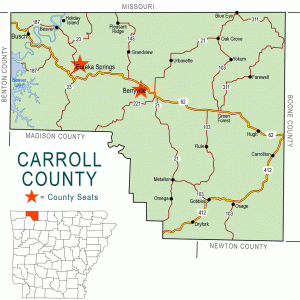
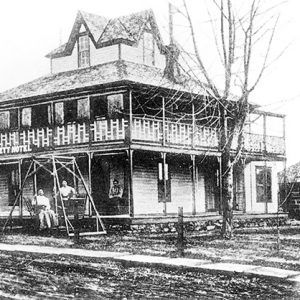
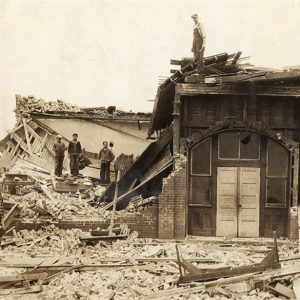
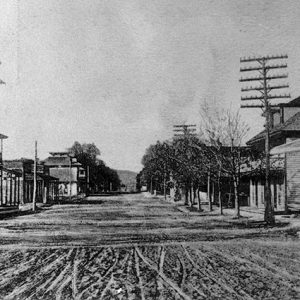
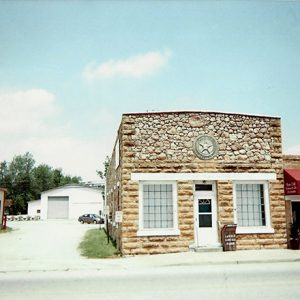
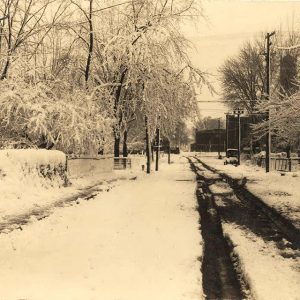
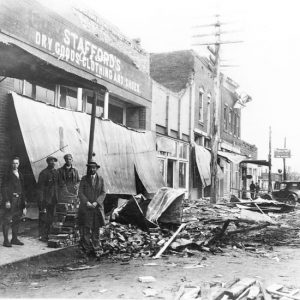
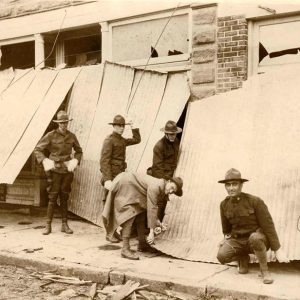
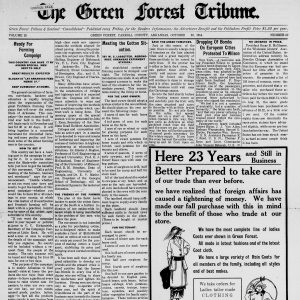
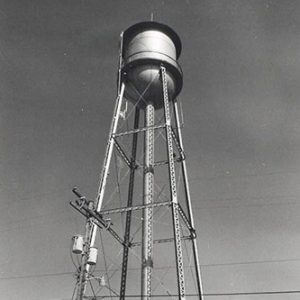




Comments
No comments on this entry yet.